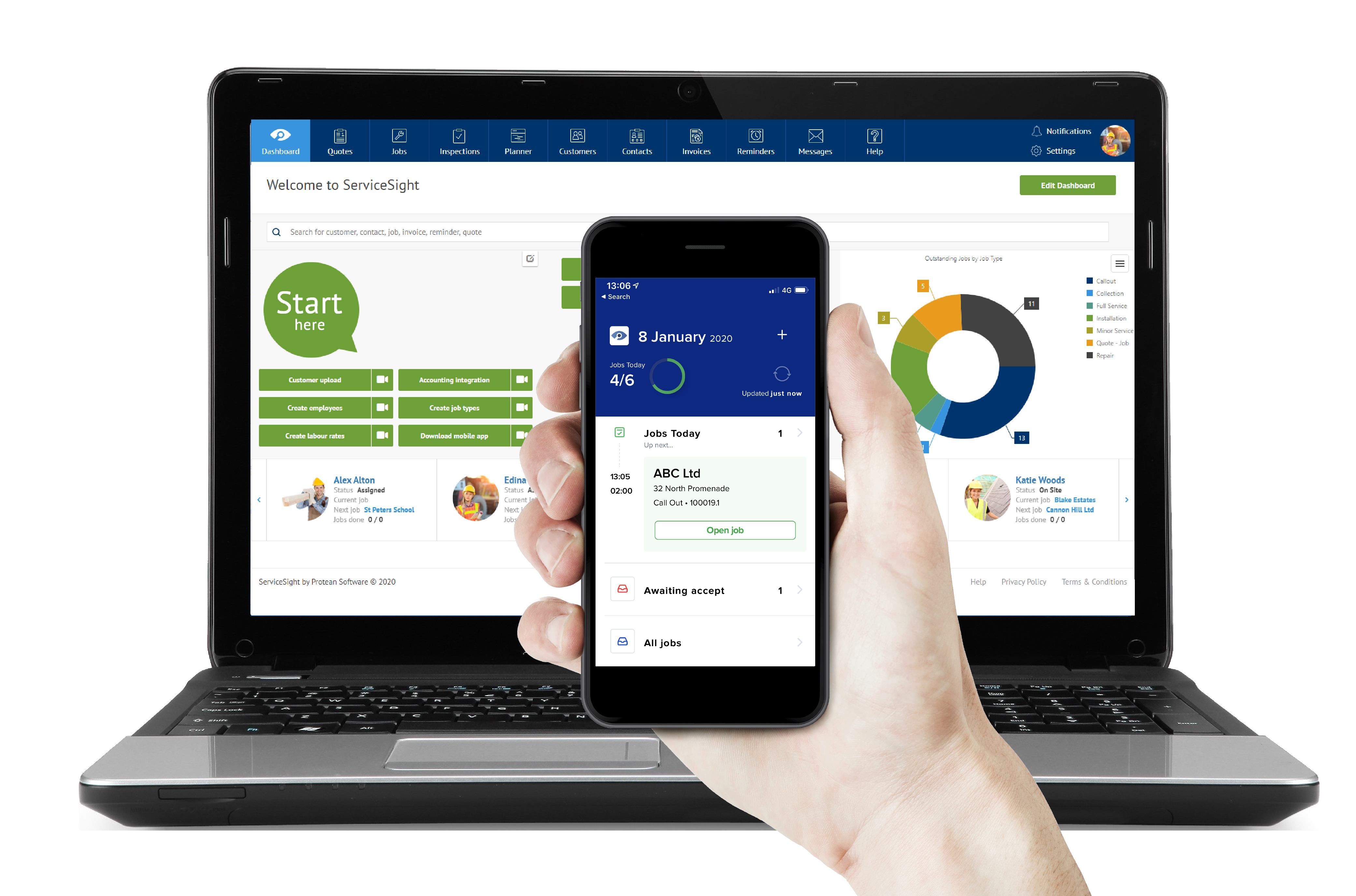Asset Management in Field Service
16th November 2021 Protean General
Intellectual asset management tools are used in the operations and management sector. Similarly, these can be applied to the field service management sector as data analytics, real-time data acquisition is proving to be valuable in shifting from reactive to predictive operations maintenance.
Risks in asset management for engineering projects
Many companies in field service engineering encounter several issues when managing assets. For field service organisations, the majority of the assets that are used outside the premises pose high risks. This is because those possessions can be easily misplaced, inappropriately used, damaged or even go missing.
Here are some of the challenges the field service sector faces with asset management and the impact caused:
- Portable parts – Tracking equipment and personnel is problematic with different workers on shifts and parts constantly on the go
- Multiple warehouses – More warehouses mean additional complexity and difficulty in managing audits
- Sham activity – Trust issues with sub-contractors using company-owned tools for jobs not related to your task
- Burglary – More warehouses mean more people involved. With many workers and contractors working outside the company means exchange of tools constantly due to the location of jobs can be difficult to report thefts as it can be hard to track and monitor the assets
- Unclear processes and poor implementation: Asset management can turn into theory-based rather than practical/experience-based if not executed properly and without a set clear of instructions. This will turn out to be expensive for the company.
Consequences of poor management of assets
Poor management of assets will lead to poor results. Many people will query on issues such as why aren’t all the equipment in their rightful places? Why isn’t certain information or reports part of the business’s database? Below is a summary of the negative outcomes from lack of management of assets:
- Excessive expenses and low-quality service: Additional costs to replace missing tools but also losing out on job opportunities due to this. In the long term, this will affect client relationships and retaining their business
- Lack of staff engagement: Technicians do not reach out for additional support when required
- Indecisiveness: Limited information available leads to improper decisions. With data being all in one place, decisions can be made based on solidified data and also justified
Field service engineering software asset management best practices
In order to understand the actions for successful asset management in the field service sector, let’s take a look at the best practices that our software can provide:
- Mobile app: A guide to technicians in regards to assets inventory. Locations, properties, tools are all accessible via the app. This feature will help make technicians life and job much easier as it’s all monitored
- Asset transfers: Another feature of the app is the assets are scannable and can be easily transferred at your fingertips
- Audits – Provides information such as whether tools and parts are in use or have been returned to the warehouse.
- Reliable reporting: Be informed at all times for the right decisions. React in time with appropriate measures to solve the situation and limit any further loss/damage
Having a dynamic asset management integration in Field Service is core to businesses. Enquire at Protean to see how we can maximise your asset management.


Write a Comment